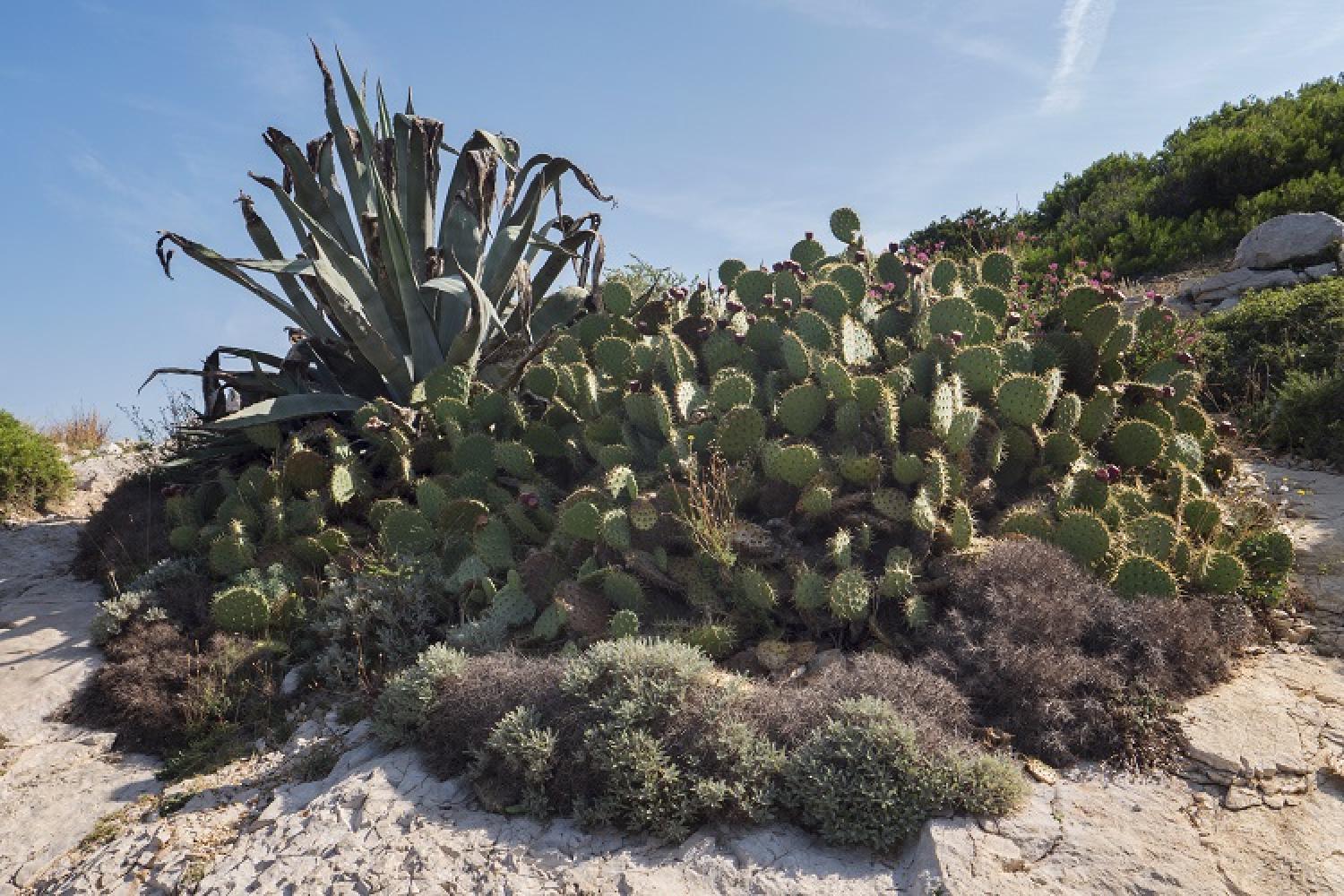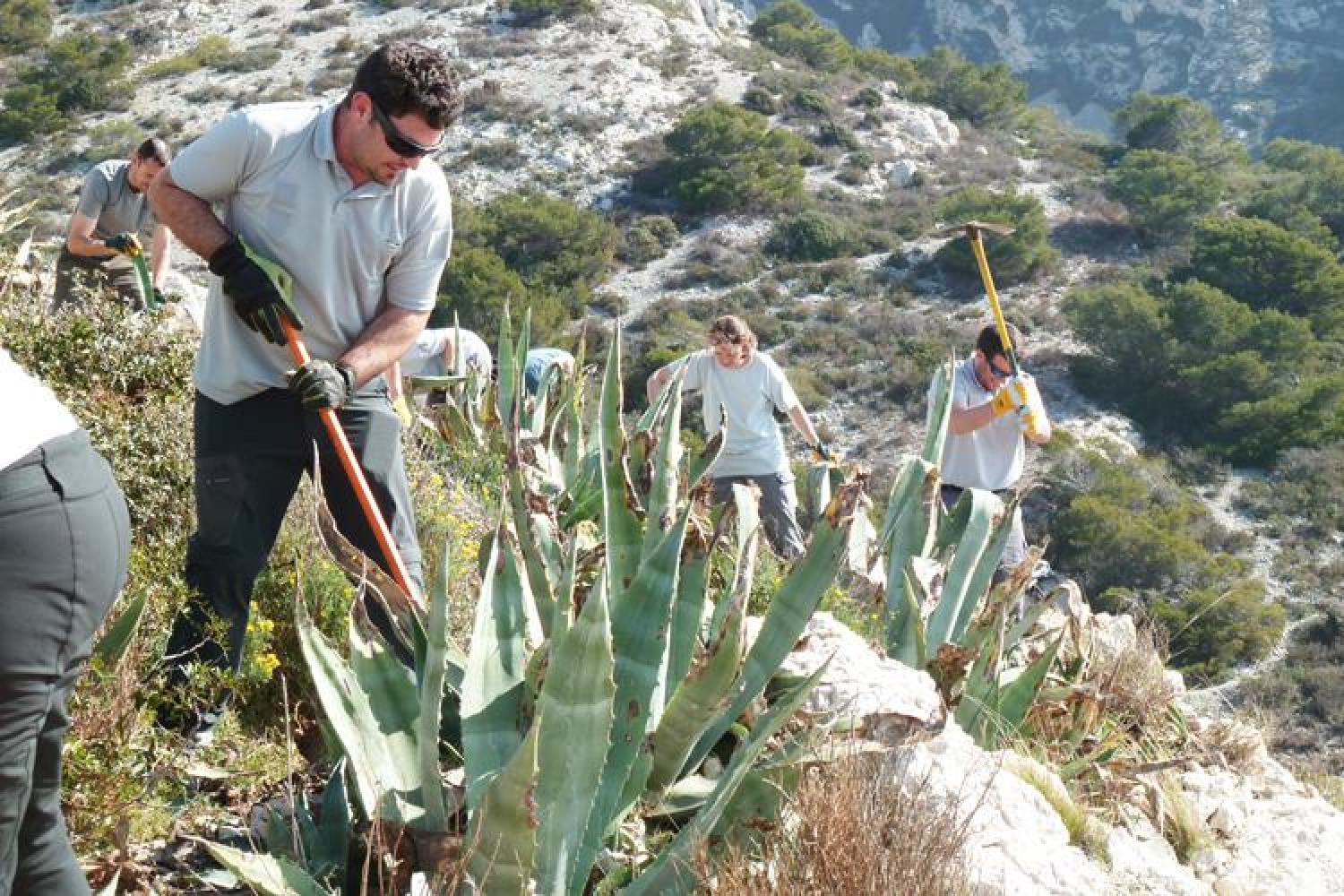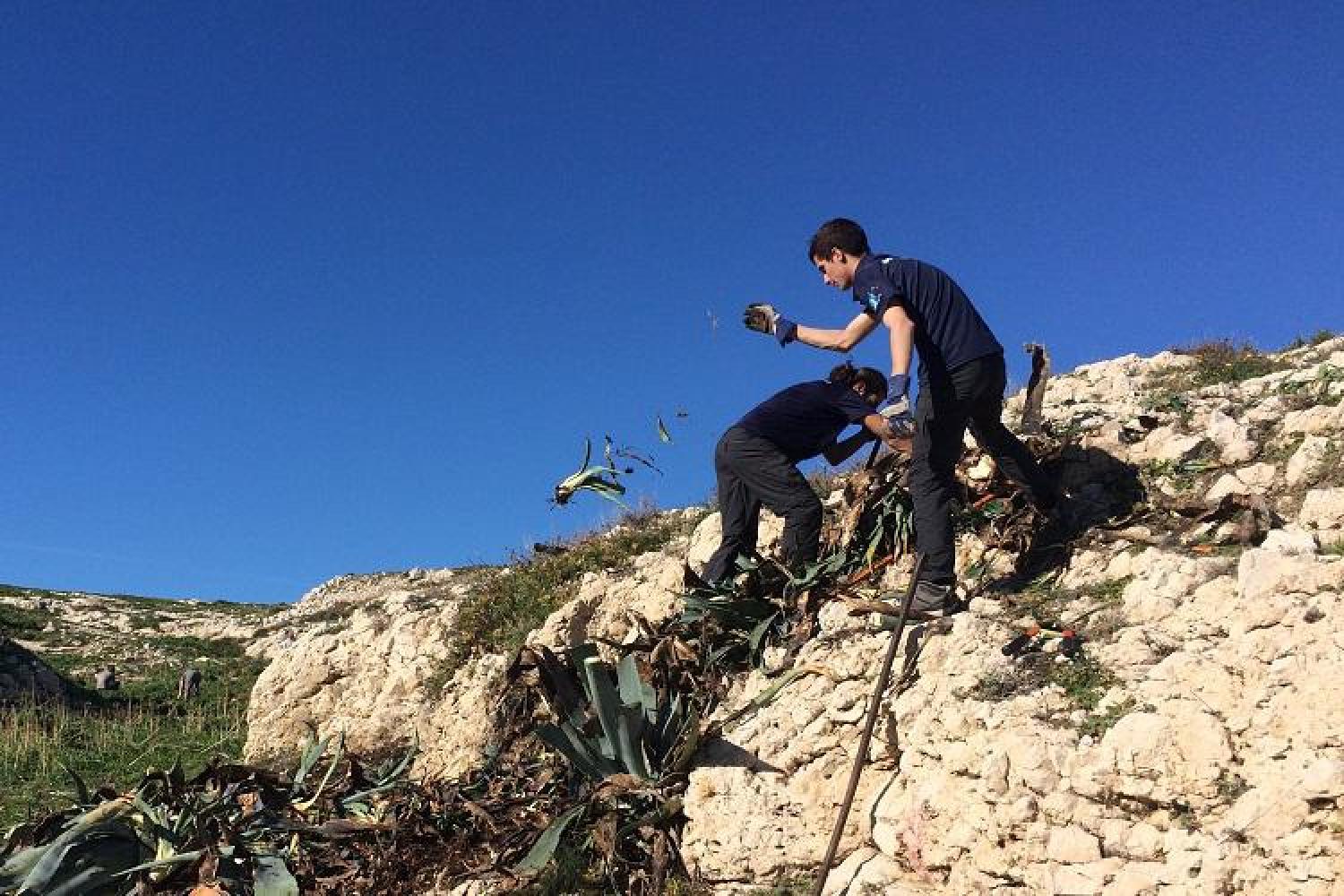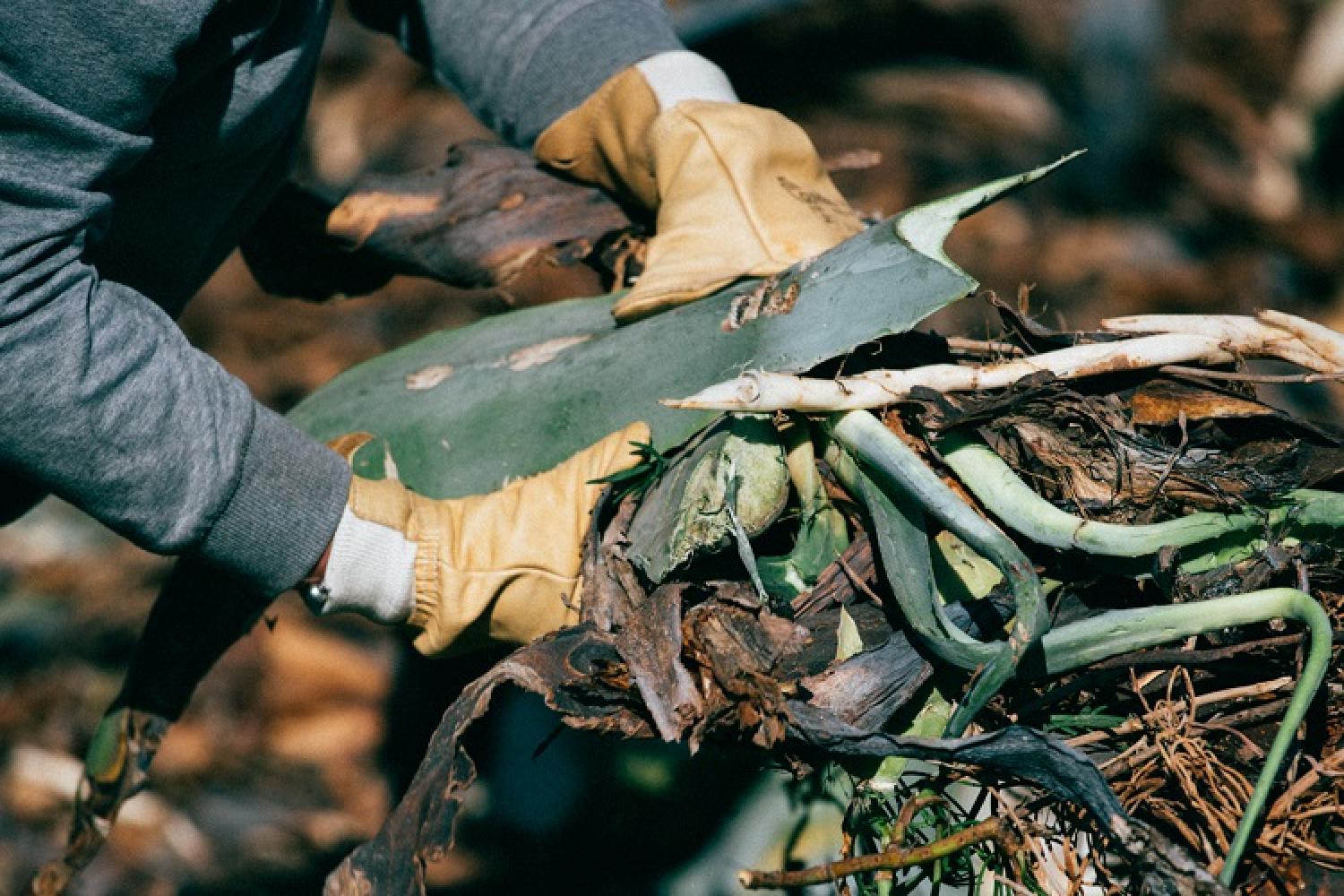Protecting the Calanques' ecosystem
Which species are involved?
There are around 80 species of invasive alien plants in the Calanques National Park. Among them, there are four that particularly threaten local plants:
- Agave americana
- Barbary fig
- Pigface
- Medicago arborea
Species from afar…
Their size and appearance distinguishes these plants from the usual Provençal vegetation: they are noticeable in the Calanques landscape. They look unlike the other plants, because the Calanques are not their natural environment – while, ironically, these alien species have become symbolic of the Mediterranean coastline. They have even colonised painting!
In the past, they only grew in Africa, America and Eastern Europe. In the 19th century, travellers, seduced by their beauty, brought them to Europe to decorate parks and gardens: they often have stunning flowers, and provide colourful plant cover, even in the summer.
…which are colonising the Calanques
But quickly, these species found a very favourable environment for their development here, moving out of the gardens into natural spaces. With no predators in Europe, they have easily multipled. Highly adapted to arid environments, capable of covering huge areas in a few years, they endanger smaller, fragile and endemic species such as the astragal de Marseille, Sparrow-worts, and Plantago subulatala.
These invasive species even compete with "habitats of community interest", i.e.: the natural environments that are considered rare and fragile by the European Union, such as the vegetation in the cracks of the limestone cliffs, the coastal rocks with Limonium, the primary coastal garrigues with rosemary, the green expanses on the coast with Brachypodium retusum, both annuals and bulbous, the garrigues and pre-maquis of the coastal cliffs. At Mont Rose and Le Frioul in particular, they are taking the place of the already fragile and threatened phrygana bushes.
A major cause of biodiversity loss worldwide
In replacing local plants, invasive alien species modify the environment for the local fauna, such as pollinators. An environment with less diversity will have less capacity to adapt to change (climate change, the arrival of a parasite or a pathogen, etc.).
After the destruction of natural environments, the proliferation of alien species is considered to be the third largest cause of the erosion of global biodiversity.
Fighting against invasive plants
To deal with this environmental scourge, governments have taken regulatory measures:
- A control strategy (2013) and an associated action plan (2014) were drawn up in Sud Provence-Alpes-Côte d’Azur by the Conservatoire Botanique National Méditerranéen de Porquerolles.
- In 2014, the European Parliament established a regulation prohibiting the introduction, transport, cultivation, etc. of a list of invasive alien species.
- In France, the Grenelle 1 law led to the publication of a national strategy in March 2017.
Locally, several actions are being implemented:
- educational and environmental actions on the value of rare local species and the ecological cycle of the Calanques flora, in particular within the framework of the LIFE Habitats Calanques project, to explain the following action,
- campaigns to remove invasive alien plants, carried out within the framework of the LIFE Habitas Calanques project, by local managers and also with the OFB (the French biodiversity office) and in partnership with organisations such as Naturoscope,
- regulations prohibiting the introduction and planting of invasive species within the Park. These species, of which there are 16, are listed in the Calanques National Park charter.
For thousands of years, everything has flowed towards the Mediterranean...: men, beasts of burden, cars, goods, ships, ideas, religion, lifestyles. And even plants. You think that they are Mediterranean. However, with the exception of olive trees, vines and wheat – the earliest indigenous ones – they were almost all born very far from the sea. If Herodotus, the father of history, who lived in the 5th century BCE, were to return, mixed with the tourists of today, he would move from surprise to surprise. I imagine him, writes Lucien Febvre, "redoing his tour of the eastern Mediterranean today. What amazement!... These strange plants with unusual shapes, prickles, flowering stems, foreign names, cactus, agaves, aloes, Barbery figs – but he didn't see any of these in his lifetime. By jove! They are Americans…" (Lucien Febvre, Annales, XII, 29).
Fernand Braudel, La Méditerranée, Volume 1, L’Espace et l’Histoire
Online resources
Guide for recognition and best practice – Invasive alien plant species on the Provençal coast (in French)
Regional strategy and action plan (in French)
National strategy relating to invasive alien species (in French)
European regulations (in French)








 Video
Video Links
Links